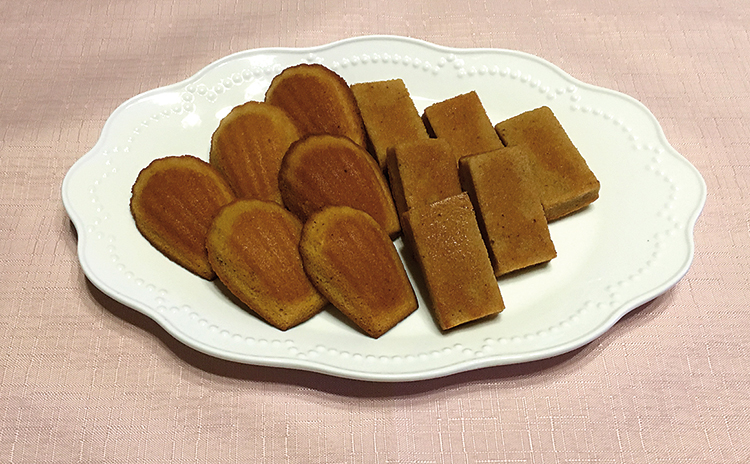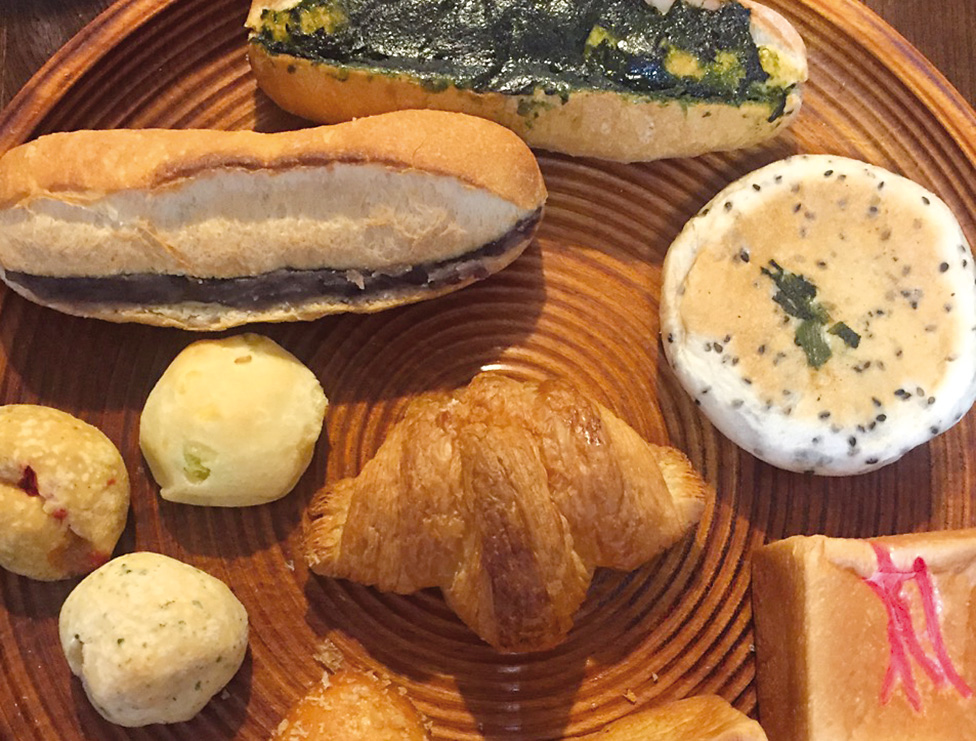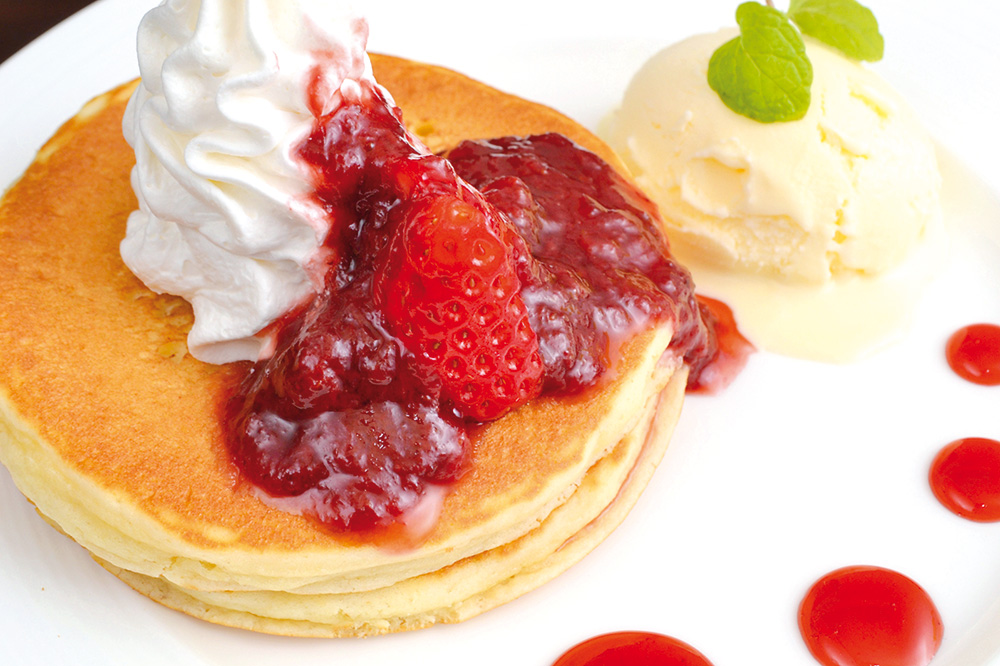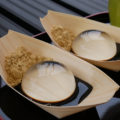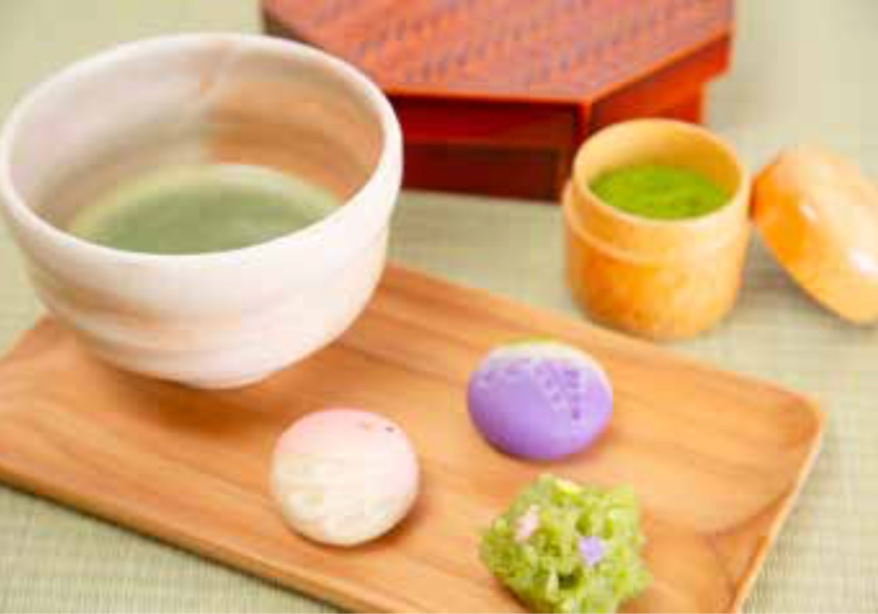
What is matcha / green tea? Talking about matcha or green tea, what comes to mind first? A pale green, clear-coloured drink which Japanese people drink regularly?
Or a dark green bitter tasting green tea which is usually served at a tea ceremony? Yes both are called “green tea” when it’s translated into English, but those two drinks are actually quite different.
The one Japanese people drink daily is called “sencha” or “nihoncha” which is normally brewed from green tea leaves in a pot. The colour is often either clear pale green or yellowish. The one served at tea ceremony is called “matcha” It is prepared with matcha powder and hot water and whisked with a special whisking tool until it is foamed on the surface. The colour is dark green and often a bit thick in consistency. The word “matcha” (抹茶) is becoming common and widely used in other countries these days.Today I would like to talk about green tea flavoured Japanese sweets for which matcha powder is an essential ingredient.
What is matcha powder made from?
Matcha powder is made from green tea leaves. Special tea leaves are ground and made it into really fine powder. Most green tea flavoured sweets are made with matcha powder. This powder is a little more expensive than other teas. The reason is that it takes more time and effort to grow and make matcha tea.
There are various grades of matcha powder, so it is best to use expensive matcha for formal tea ceremonies and relatively inexpensive matcha for making sweets.
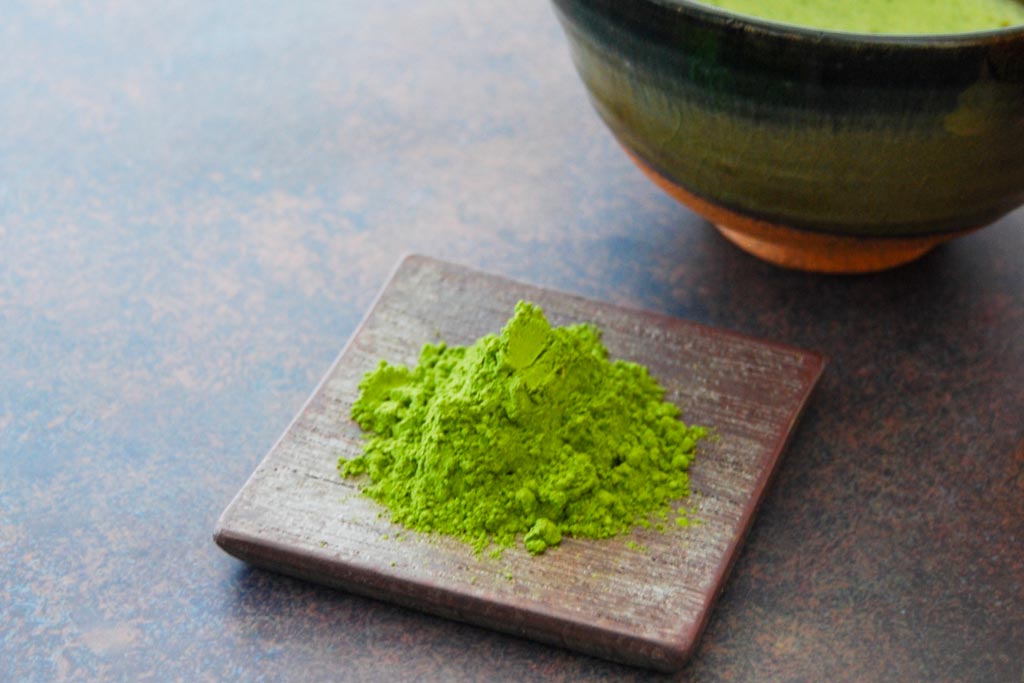
Nutritional value of green tea
All green teas contain minerals and vitamins and have excellent nutritional value and benefits. In addition, nutritional components such as catechin, tannin, and caffeine, which are commonly contained in all green tea, have benefits such as prevention of lifestyle-related diseases and aging, anti-cancer and antibacterial benefits.
In addition, theanine, which is a delicious ingredient of green tea, can be expected to have a relaxing effect.
Matcha sweets old and new
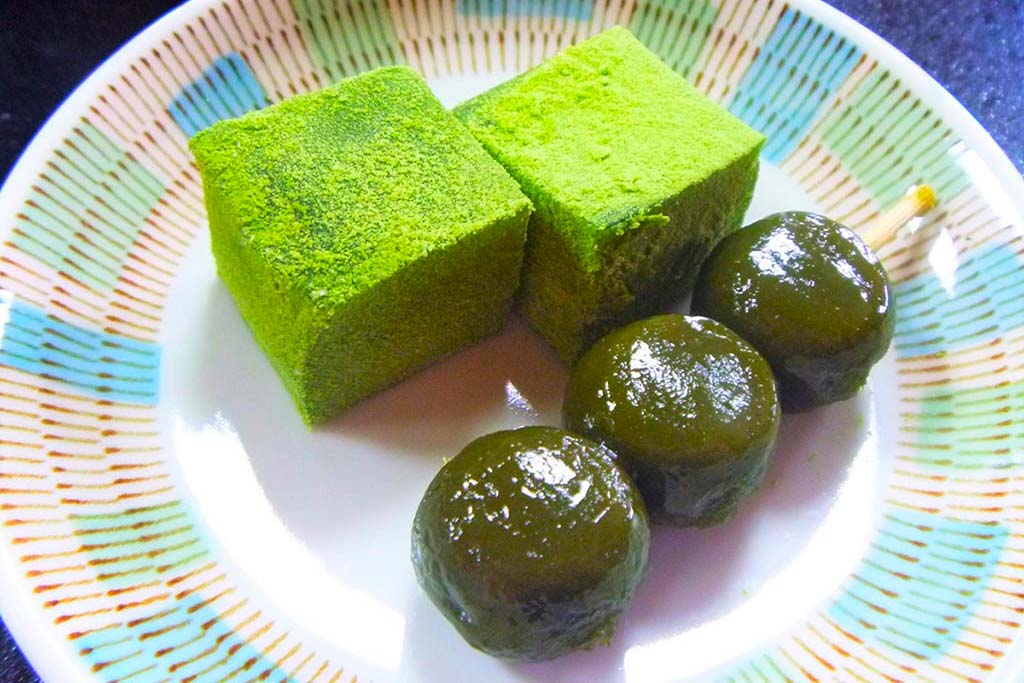
Matcha flavoured sweets have been very popular worldwide these days. In Japan, people have always loved traditional sweets with matcha flavour added such as mochi, kakigori (shaved ice), dorayaki, yokan and so on..
However their spirit of searching for delicious food is endless. They have created new styles of sweets one after another. Most of them are western style matcha sweets that combine western confectionery and Japanese culture to create new matcha sweets. The matcha boom has been happening for several years since the birth of various matcha flavours.
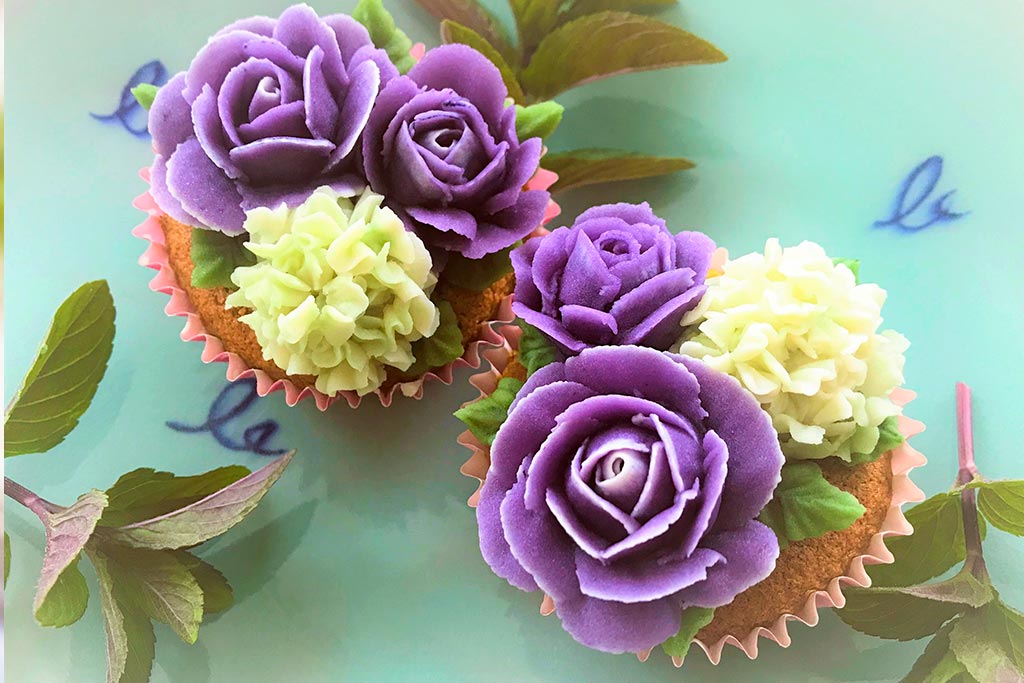
I would like to show you some of them but there are too many to name them all here. We have matcha flavoured pancakes, macaron, cupcakes, ice cream, cookie, jelly, tiramisu, chocolate, cheese cake, sweet bread, matcha café latte etc… its endless. Looks like you could make anything with matcha flavour if you wish!
Where to find good matcha sweets?
Casual matcha sweets are easy to find in Asian supermarkets and elsewhere. However, if you want to eat high-quality matcha sweets, it is recommended to go to a long-established Japanese sweet shop in Kyoto in Japan. In Kyoto, where the tea ceremony culture flourished, many Japanese sweets shops offer beautiful seasonal Japanese sweets. Some shops offer Japanese sweet making experiences and tea ceremony experiences, so why not give it a try?
Don’t like matcha? No problem.
The unique bitterness of matcha neutralises the sweetness of sweets and is often used in sweets, but matcha is not only used to make sweets. You can also get matcha-flavoured soba, curry, matcha salt, tempura, bread etc. Matcha is loved by people who are not so keen on sweets too.
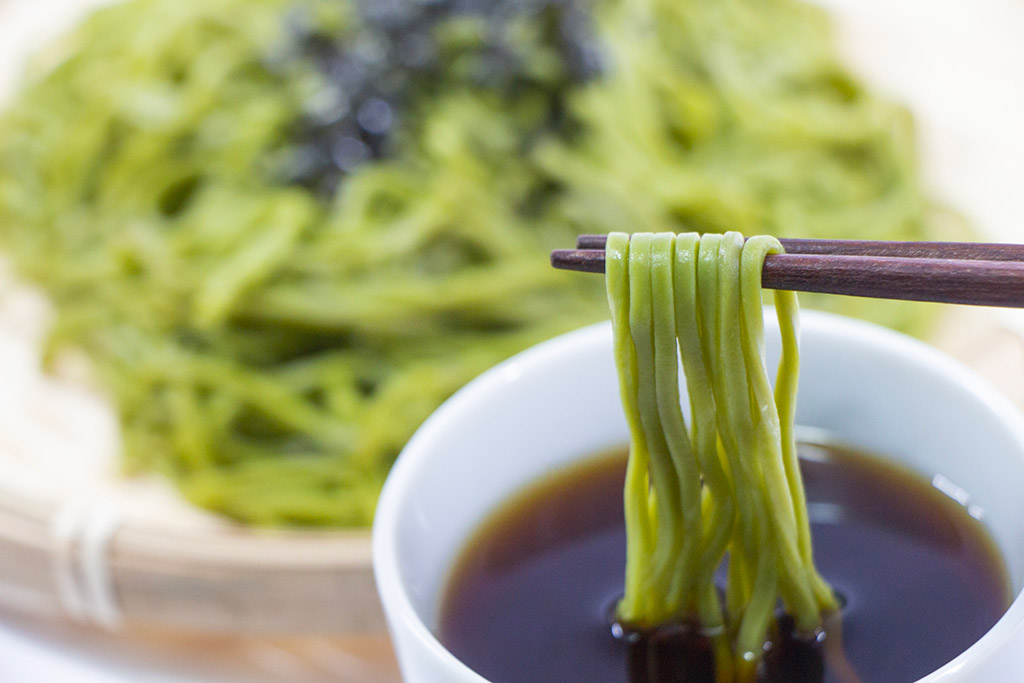
I found an interesting matcha-flavoured drink on my recent trip to Japan… It’s matcha beer! It didn’t have a very strong matcha flavour but delicious and I loved the colour! So the matcha world is so deep!
I can’t wait to see and try some more new matcha inventions in the future!!
YURI LEE
www.instagram.com/wagashi_art_uk/
www.instagram.com/wagashiinbloom/
www.wagashiart.com/

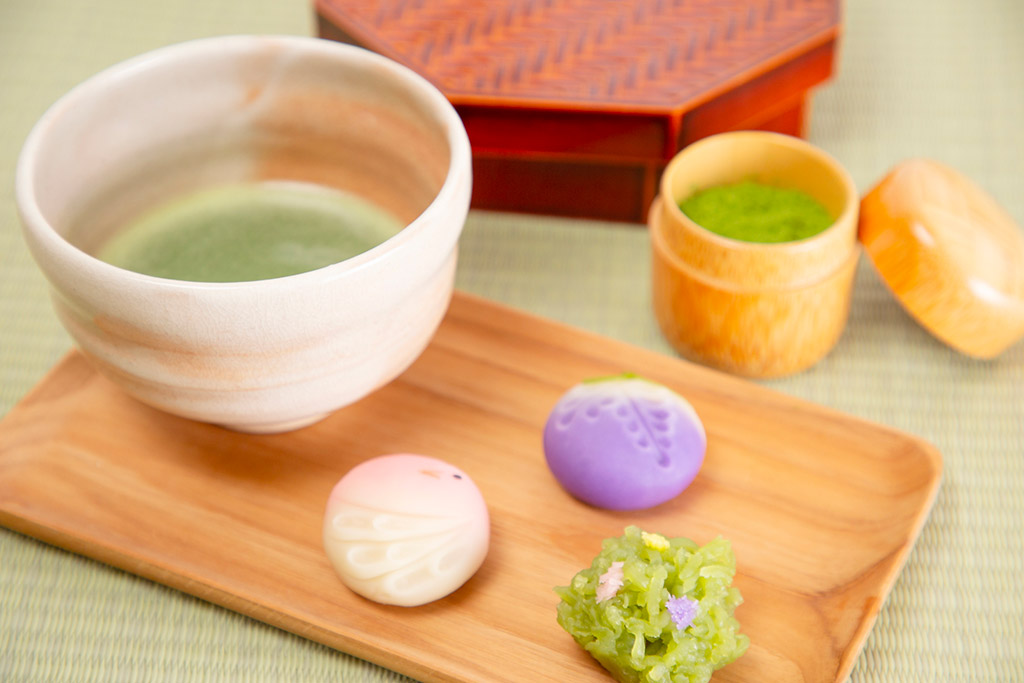
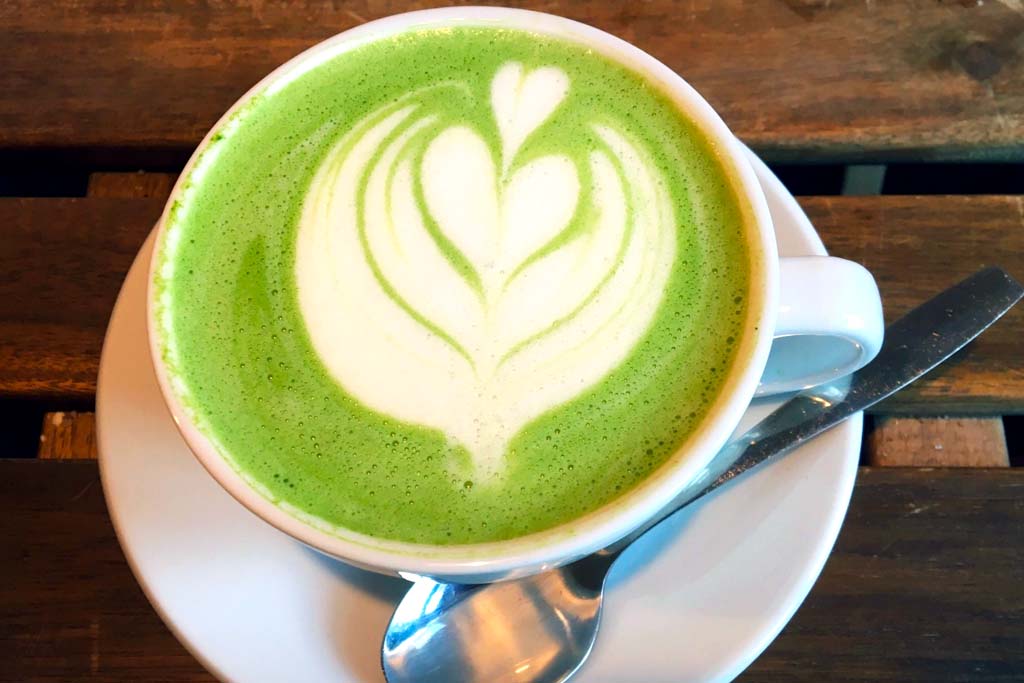
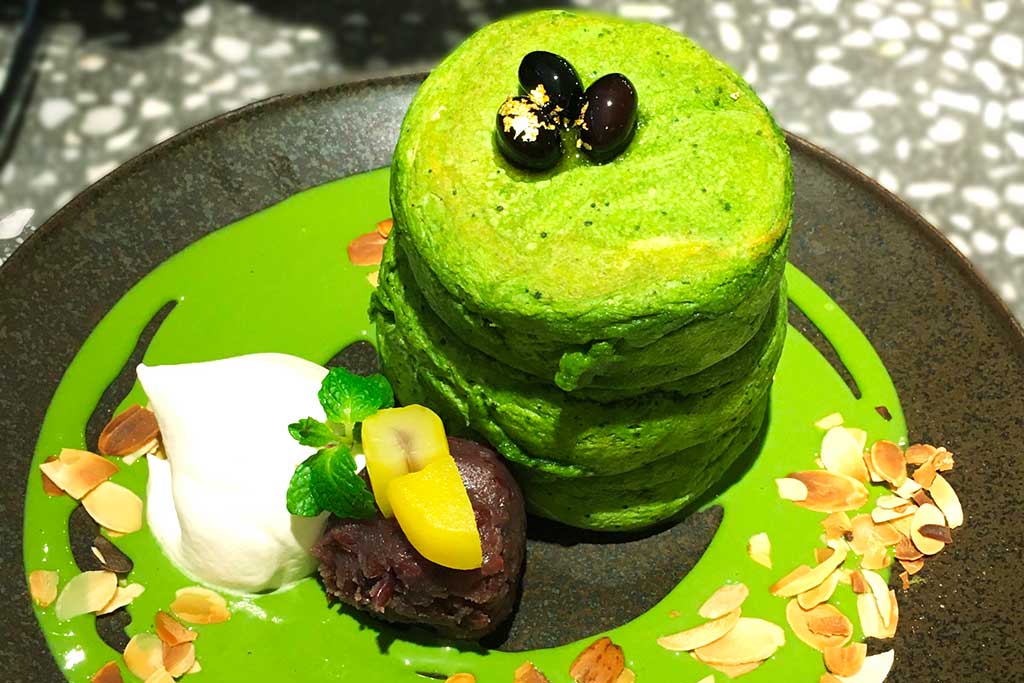
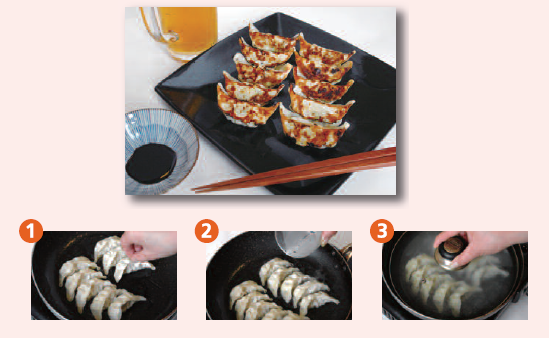
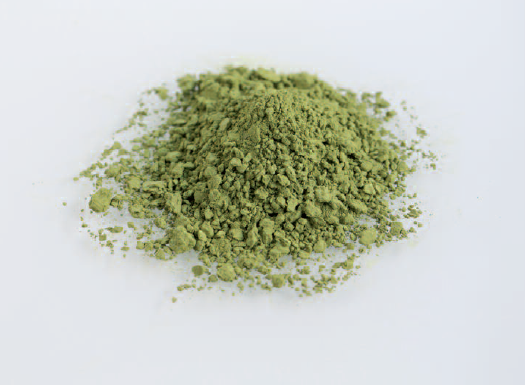
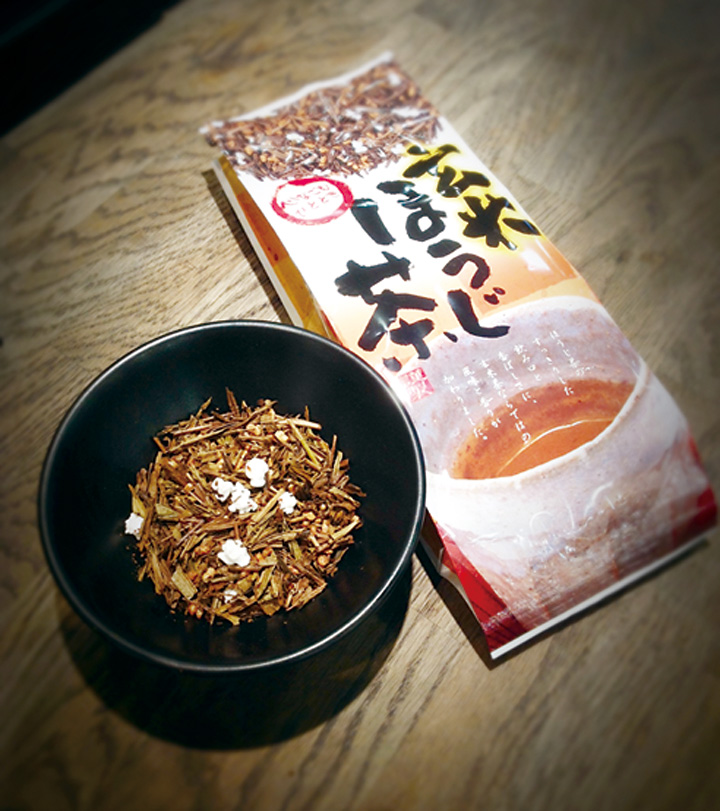
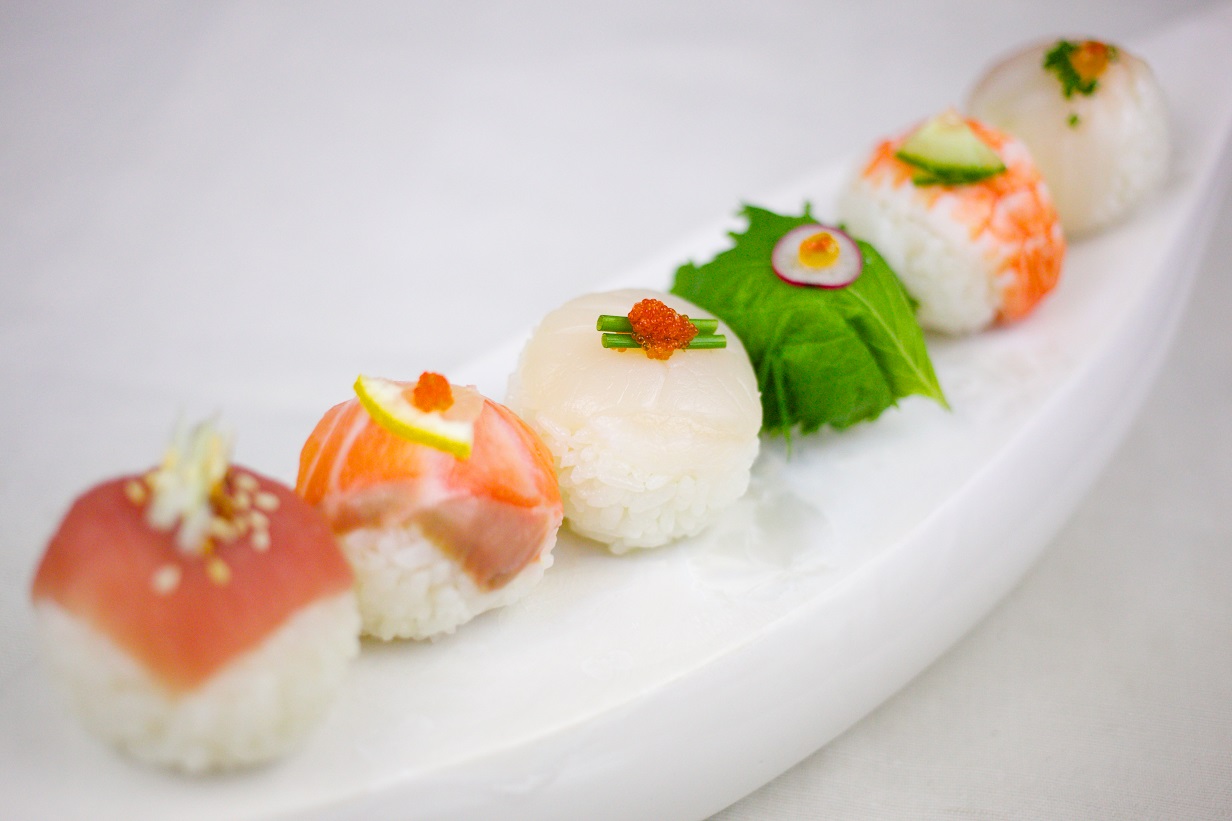
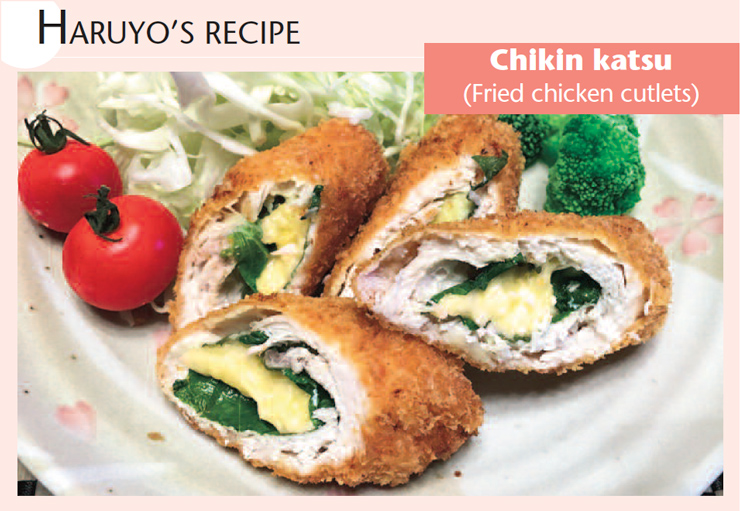
![p15 No57 [HARUYO’S RECIPE] TORI MAYO (Chicken with mayonnaise sauce)](https://www.zoomjapan.info/wp/wp-content/uploads/p15_kitchen.jpg)
